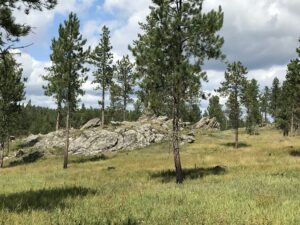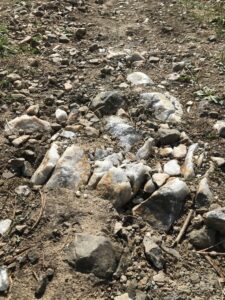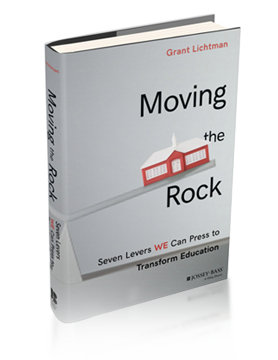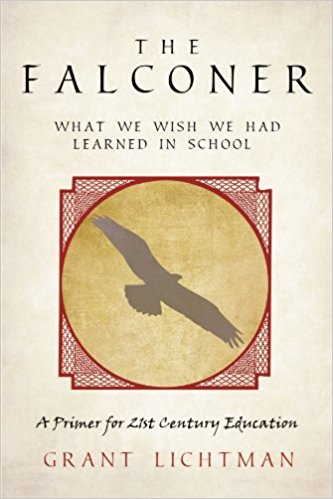 I have walked many forest paths; until now perhaps the most viscerally mythical was the trail through moss-hung trees in central Nepal after which Tolkien modeled his Elfin Lothlorien. A walk in the Paha Sapa, what most of us now call the Black Hills of South Dakota, rivals that. The veil between what-was and what-is seems vanishingly thin. Around the next corner, buffalo must still graze. In the next valley there must be an encampment of Native hunters. In late summer the forage is still thick and green, grasshoppers and yellow butterflies flitting away at every step.
I have walked many forest paths; until now perhaps the most viscerally mythical was the trail through moss-hung trees in central Nepal after which Tolkien modeled his Elfin Lothlorien. A walk in the Paha Sapa, what most of us now call the Black Hills of South Dakota, rivals that. The veil between what-was and what-is seems vanishingly thin. Around the next corner, buffalo must still graze. In the next valley there must be an encampment of Native hunters. In late summer the forage is still thick and green, grasshoppers and yellow butterflies flitting away at every step.
These hills were sacred ground for the Lakota, the last ground they gave up before being swept away by the high tide of western-moving Whites. I cannot pretend to know all of the reasons this place is sacred to the Lakota, but how could it not? Vaulted spires reaching to the sun, massive granite walls, deep sanctuaries made by God, the Great Spirit, Wakan Taka, without the hand of man. How righteously have and will Christians, Jews, and Muslims fight to protect Jerusalem, The Wailing Wall, the Vatican, the Dome of the Rock? How much harder would they fight if each of those was blessed with endless, bountiful, daily deliveries of clear water, fish, game, shelter, and firewood? This cathedral of hills had it all. This was not a mythical Eden; this was the real, indisputable thing.

Quartz-rich rocks like this are the best indicator of gold.
The Lakota fought the U.S. Army to a standstill such that Congress and the president gave them the Paha Sapa forever on the inhale, and on the exhale, said, “just kidding”. Why? Any freshman geology student could not walk a quarter mile into these hills without stumbling over quartz-rich rocks at every step, and know that it means gold is here. Had the ground belonged to White people, perhaps there would have been some discussion; perhaps not. But it didn’t, and even the people whom history would like to stamp as “good” in that time and place were often hopelessly racist. That’s not “woke”, it’s just fact.
I don’t pretend to be able to speak for, or even begin to understand, a non-White American perspective. But like Black Americans who live under the Stone Mountain shadow of men who fought for the rights of states to keep them enslaved, Native Americans live with what they have every right to consider mega-graffiti in the Black Hills. Teddy Roosevelt, icon-hero of our National Park System, raised to the level of American deity in the Mt. Rushmore granite: “I don’t go so far as to think that the only good Indian is the dead Indian,” he said in 1886, “but I believe nine out of every ten are, and I shouldn’t like to inquire too closely into the case of the tenth. The most vicious cowboy has more moral principles than the average Indian.” It was not the Indians that broke every treaty they ever signed; it was the cowboys, but that has seemed beside the point for every generation of Americans.
When the moral principle of the day has many more guns, sacred places disappear. Will the Lakota ever get their land back? I doubt it. The world is linear in that way, at least until many things pass, and then perhaps Eden’s return.











Leave A Comment